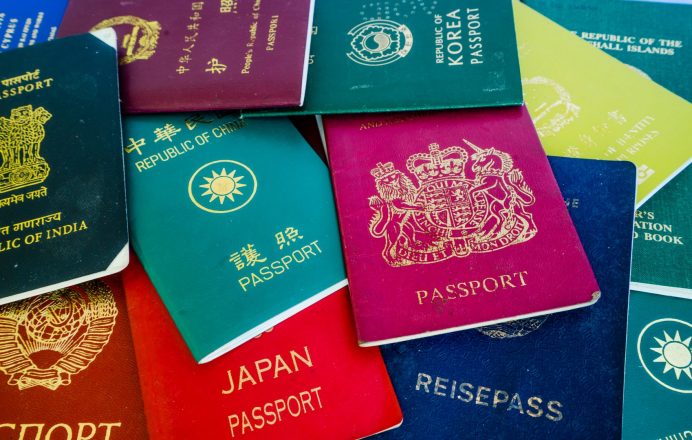Business to Residency
The two most commonly used categories of business-related residency applications are the Skilled Migrant and Business Migrant categories.
(a) Skilled Migrant The Skilled Migrant category is designed to ensure that people migrating to New Zealand have the skills the country needs. This category works on a points system – applicants will be invited to apply for residency only if they have 160 points or more. Points are earned on the basis of qualifications, work experience, age, or job offers in New Zealand. Applicants must also satisfy health and character requirements, be English-language proficient, and be aged 55 years or under. To gather enough points, it is generally critical to have a skilled job offer.
(b) Business Migrant There are several different ways in which a Business Migrant may apply for residency in New Zealand. The most common ways are to apply under the Entrepreneur Resident category or the Investor category.
(I) Entrepreneurs
There are two sub-categories of Entrepreneur Resident visa: two years and six months.
Under the Entrepreneur Resident visa (two years) category, applicants must establish or purchase a business that benefits New Zealand significantly and be “self-employed” in that business for at least two years. Applicants do not need to hold a Long Term Business visa or an Entrepreneur Work visa to apply for residency under this sub-category.
An Entrepreneur Resident visa (six months) category has been introduced that offers a faster path to residence for applicants who (among other things) create at least three full time jobs and invest NZ$500,000 in their business. This capital requirement can be waived in some circumstances. This category requires that the business has been operating for at least six months and that the applicant has been self-employed in that business for six months and is still self-employed in that business. Applicants need to hold a Long Term Business visa or Entrepreneur Work visa to apply under this sub-category.
Applicants for the Entrepreneur Resident visa must satisfy health and character requirements and have the required English language skills.
(II) Investors
There are two sub-categories under the Investor category: Investor 1 and Investor 2.
Under the Investor 1 category, the applicant must invest NZ$10 million in New Zealand over a three-year period. The applicant must also spend 44 days in each of the last two years of its three-year investment period in New Zealand, or 88 days at any time over the three-year investment period if it has invested NZ$2.5 million in growth investments.
There are health and character requirements, but no requirements as to age, business experience, or English language proficiency.
Under the Investor 2 category, the applicant must invest NZ$3 million in New Zealand for four years. The applicant must meet health and character requirements, be under 66 years of age, have at least three years of recognised business experience, and have the required English language skills.
The applicant must also spend 146 days per year in New Zealand, or 438 days at any time over the four-year investment period if it has invested at least NZ$750,000 in growth investments.
For each of the Investor 1 and Investor 2 categories, the applicant has 12 months following the approval of its application to transfer their nominated investment funds and invest them in an acceptable investment in New Zealand, though this timeframe can be extended.
The above is a general summary only of the current immigration categories. The immigration categories can and do change. We recommend that anyone who seeks to live or work in New Zealand should start by reading the relevant guides and forms available on the Immigration New Zealand’s website (www.immigration.govt.nz), and should seek expert advice before embarking on the application process.

















































